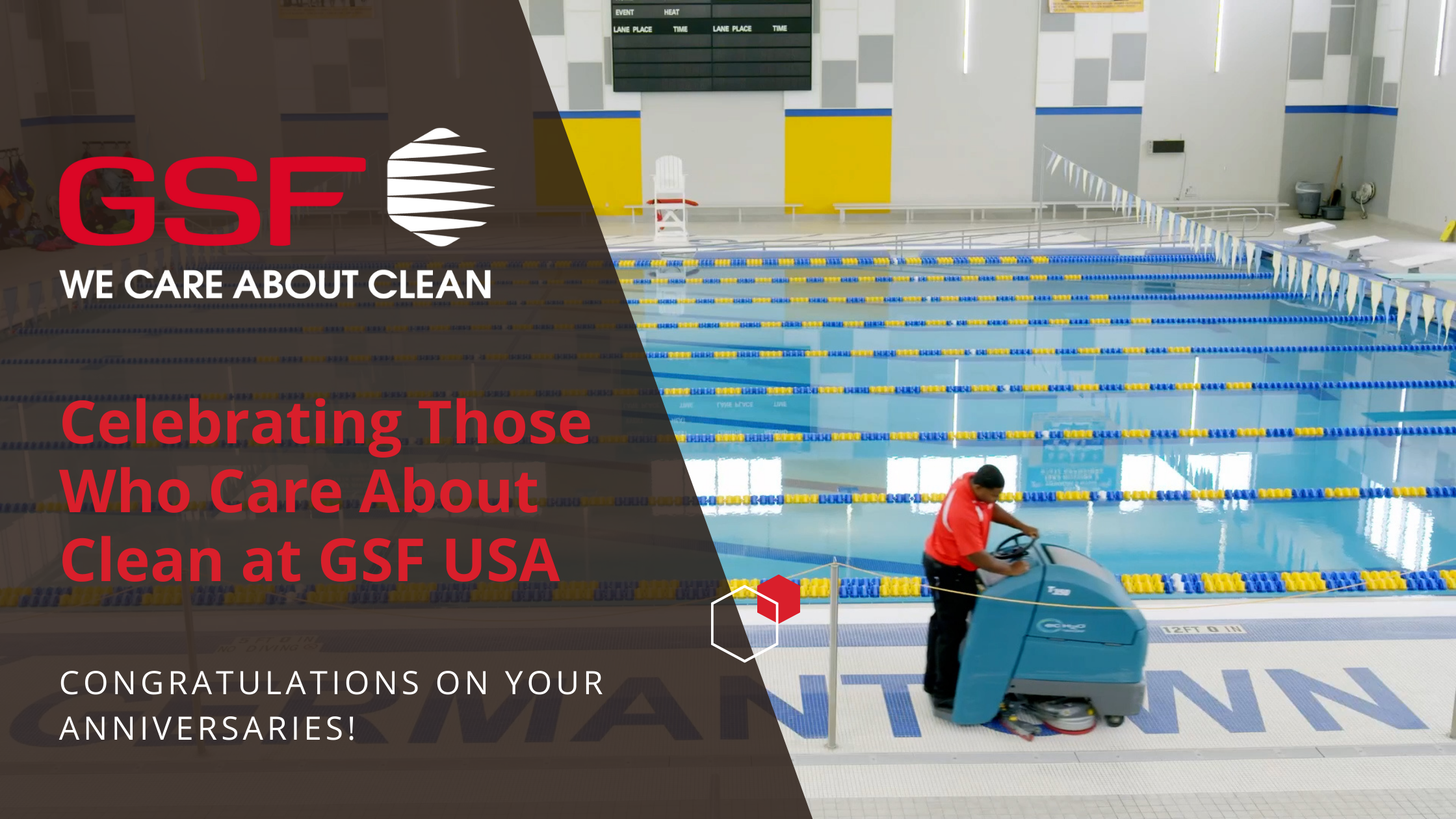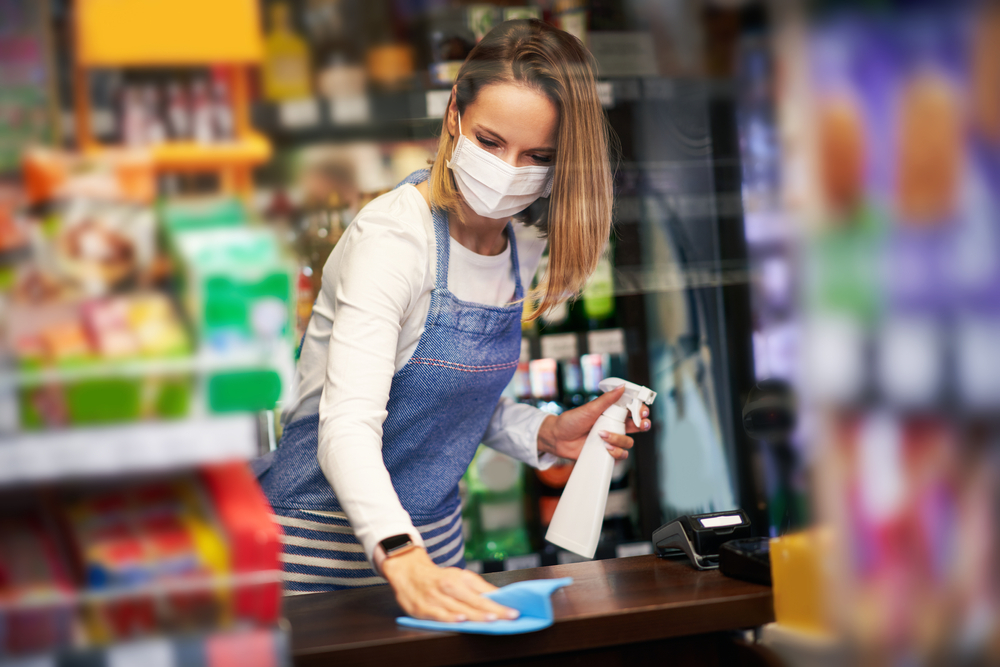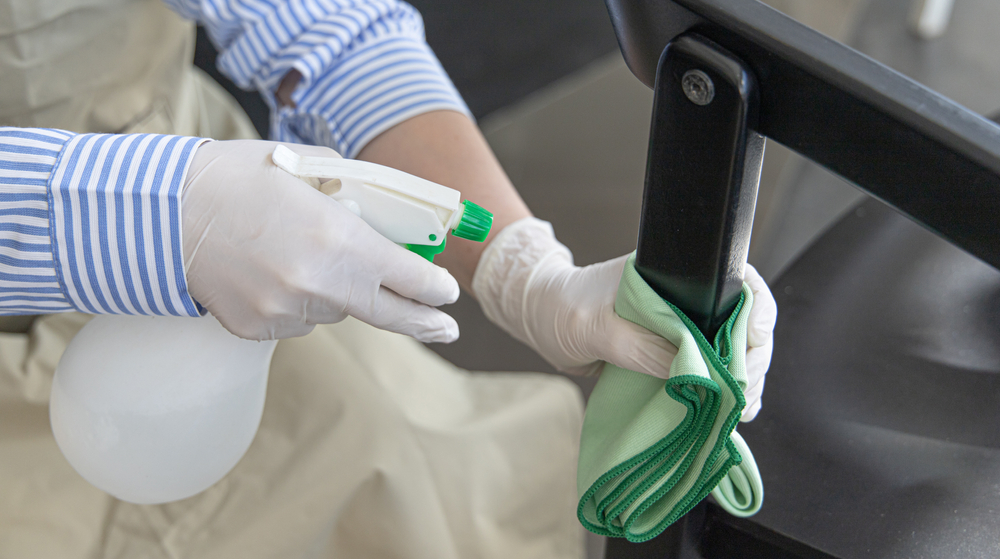Taking care of your facility and the occupants in it starts by maintaining a healthy and safe environment. This includes investing in a cleaning program that utilizes high-quality and effective products. Although it is often advertised that any and all types of cleaning chemicals can benefit your facility, many common cleaning products contain hazardous chemicals that can do more harm than good. Learning how to find the right chemicals for your cleaning program is essential for all facility managers and can significantly improve the longevity of your building.
Quantity Doesn’t Equal Quality
The state of your facility’s supply closet is often a telltale sign of how effective your cleaning program is. Bulking up on cleaning products for your facility may seem like an efficient solution, but overstocking supply closets is a quick way to fall into over-resource consumption. This increases the opportunity for cluttered supply closets, which not only lessens space within your facility but can lead to safety risks. Additionally, restocking your supply closet on a regular basis can quickly become costly, with the average company spending between $63 and $200 per month. There are a lot of factors that can help determine which cleaning products are right for your facility, including different types of floors, surfaces and the current condition of your building. Before ordering every cleaning product, take time to learn which chemicals work for your building type to help get the best results.
The Value of Outsourcing
Clear out the supply closet all together! Another effective method of making sure your facility is being effectively cleaned with the right chemicals is by outsourcing a professional team of cleaners. Taking time to find a quality staff that is properly trained in maintaining different types of facilities can help relieve stress for employees to upkeep their work environment while also prioritizing their daily tasks. Additionally, outsourcing a cleaning team can help ensure that every part of your facility, even the parts that are often overlooked, are being cleaned with the correct chemicals and equipment. Establishing a routine schedule for outsourced cleaning professionals to upkeep your building is a cost-effective solution to restocking a supply closet and the hassle of making sure the products you’re using are right for your facility.
Cleaning with Green
If your facility is set on using its own cleaning program, investing in certified environmentally friendly cleaning products not only benefits the planet but is a proactive way to ensure your facility is being cleaned with safe chemicals that don’t harm the building or the occupants inside of it. Green cleaning products have been shown to be just as effective at cleaning while utilizing safer chemicals that are less hazardous to users. However, many brands that are labeled as eco-friendly are guilty of greenwashing. This is when companies claim to be environmentally friendly as a marketing technique. To avoid falling victim to false advertising, make sure the products you buy are certified and labeled with safe ingredients. Switching to green cleaning products not only shows consideration for the planet but also the well-being of those in your facility.
Strive for Clean Chemicals
When you invest time in finding clean chemicals that work well in your facility without posing risk to employees and guests, you save money, time and energy that would be wasted on using incorrect cleaning chemicals, damaging your facility, harming your building occupants and maintenance repairs. Work smarter not harder by implementing cleaning chemicals that are safe, effective and help create a safe and welcoming environment.









